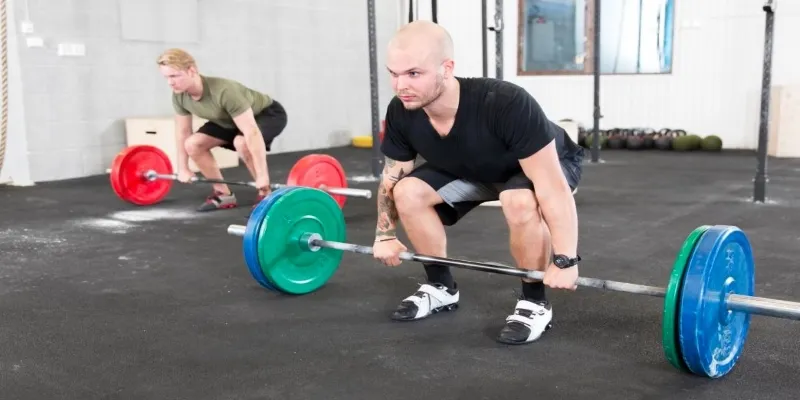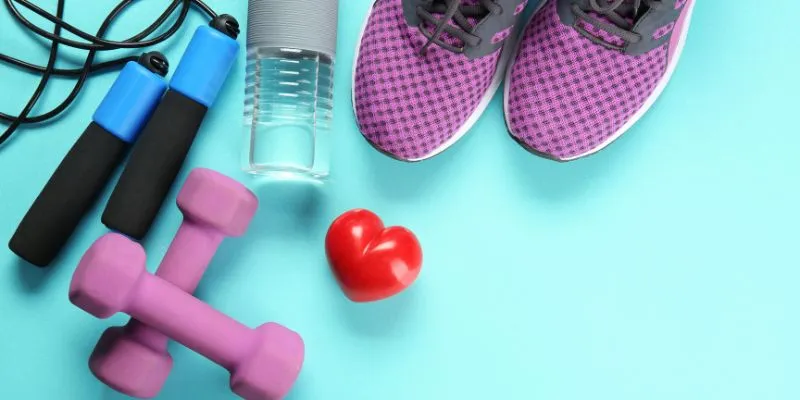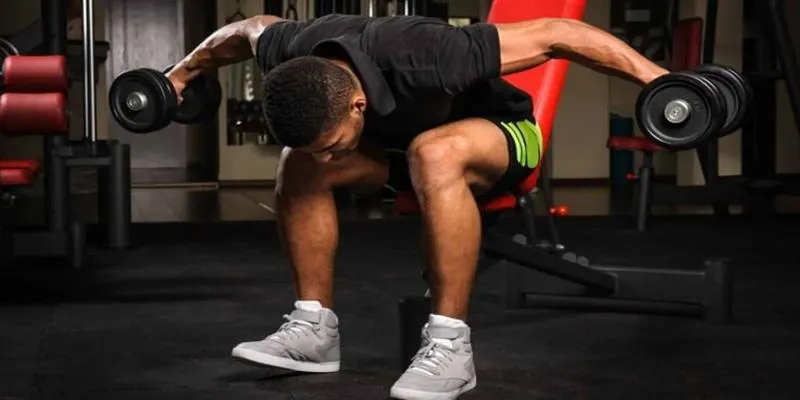7 Common HIIT Mistakes Sabotaging Your Fitness Progress
High-Intensity Interval Training (HIIT) is celebrated for its efficiency and effectiveness, offering a powerful way to achieve fitness goals in a relatively short time. Despite its popularity, many people struggle to see the progress they expect from their HIIT workouts. Often, this struggle can be traced back to common mistakes that hinder their results. Identifying and addressing these mistakes can help you optimize your HIIT routine and reach your fitness objectives.
Avoid These 7 HIIT Mistakes to Maximize Your Workout Results
High-Intensity Interval Training (HIIT) can be an excellent way to improve fitness, but common mistakes can prevent you from seeing results. Here are seven errors to avoid:
Inadequate Recovery Time
Recovery time between HIIT intervals is essential for maximizing the workout’s benefits. HIIT workouts alternate between periods of intense activity and short rest intervals. These rest periods are not just breaks; they are crucial for allowing your body to recover, replenish energy stores, and prepare for the next round of high-intensity effort. If you cut these rest intervals short or skip them altogether, your performance can suffer.
You might find yourself unable to complete each interval with the same intensity, reducing the overall effectiveness of the workout. Moreover, inadequate recovery can lead to overtraining, where your body doesn’t have enough time to repair itself, potentially leading to burnout or injuries.
Poor Form and Technique
Maintaining proper form throughout your HIIT workout is critical for achieving the best results and preventing injuries. When you’re pushing yourself to the limit, it’s easy to let your form slip as you focus on completing each interval as quickly as possible. However, poor technique can lead to ineffective workouts and increase the risk of injury.

For example, improper squats can strain your knees and back, while incorrect push-ups can lead to shoulder injuries. To avoid this, focus on executing each exercise with the correct form, even when you’re tired. Consider working with a trainer initially to ensure you’re performing the exercises correctly, and make a habit of checking your form regularly.
Overdoing It
While HIIT is designed to be intense, overdoing it can be detrimental to your progress. Many people make the mistake of doing HIIT too frequently, believing that more is always better. However, overtraining can lead to fatigue, decreased performance, and an increased risk of injury. Your body needs time to recover from the intense effort required by HIIT.
Ideally, HIIT should be performed 2-3 times a week, with rest or lower- intensity workouts on other days. This approach allows your muscles to recover and reduces the risk of overuse injuries. It’s also beneficial to include variety in your workout routine, incorporating other forms of exercise to maintain overall fitness and prevent burnout.
Lack of Variety
Sticking to the same HIIT routine can lead to stagnation and a plateau in progress. HIIT is effective because it continuously challenges your body by varying exercises, intervals, and intensity levels. Repeating the same workout can cause your body to adapt, reducing the effectiveness of your sessions. To avoid this, regularly change up your routine by introducing new exercises, altering the intervals, or adjusting the intensity.
For instance, if you’ve been focusing solely on cardio intervals, try incorporating strength-based exercises or changing the duration of your high- intensity bursts. This variation not only keeps your workouts interesting but also ensures that you continue to challenge your body and make progress.
Skipping Warm-Ups and Cool-Downs
Warm-ups and cool-downs are often overlooked but are essential for a successful HIIT workout. Warming up prepares your body for the intense activity by gradually increasing your heart rate and loosening your muscles. This can help prevent injuries and improve performance. Similarly, cooling down helps your body transition back to a resting state, reducing the risk of muscle soreness and aiding recovery.
Neglecting these steps can lead to an increased risk of injury and slower recovery times. To ensure a well-rounded workout, incorporate dynamic stretches or light cardio as part of your warm-up and static stretches and deep breathing exercises as part of your cool-down.
Inadequate Nutrition
Nutrition plays a crucial role in the success of your HIIT workouts. Without proper fuel, your body may struggle to perform at its best and recover effectively. HIIT demands high energy and requires adequate nutrients to support muscle repair and growth. Ensure that you’re consuming a balanced diet rich in protein, healthy fats, and carbohydrates.

Protein helps with muscle repair, while carbohydrates provide the energy needed for intense workouts. Eating a small, nutritious meal or snack before and after your workout can significantly impact your performance and recovery. For example, a smoothie with protein powder, fruits, and greens can offer a quick energy boost and aid in muscle recovery.
Ignoring Body Signals
Listening to your body is vital when engaging in HIIT. While pushing yourself is important for progress, it’s equally necessary to recognize when your body needs rest. Ignoring signs of excessive fatigue, soreness, or discomfort can lead to injuries and hinder progress. If you find yourself unusually sore or exhausted, it’s wise to modify your workout or take an additional rest day.
Pay attention to how your body responds to HIIT and adjust the intensity and frequency of your workouts accordingly. Incorporating rest days and adjusting your routine based on how you feel can help prevent overtraining and ensure that you stay healthy and motivated.
Conclusion
Avoiding these common HIIT mistakes can have a significant impact on your fitness journey. By ensuring proper recovery, maintaining good form, balancing workout frequency, varying exercises, warming up and cooling down, focusing on nutrition, and listening to your body, you can make the most of your High- Intensity Interval Training sessions.
Effective HIIT is not just about pushing yourself to the limit; it’s also about working smart and addressing the factors that contribute to a successful workout. By addressing these areas, you can enhance your performance, prevent injuries, and achieve the fitness results you’re striving for.




